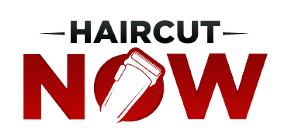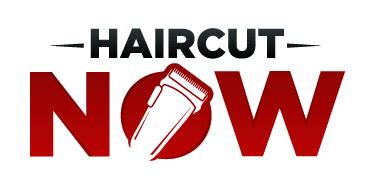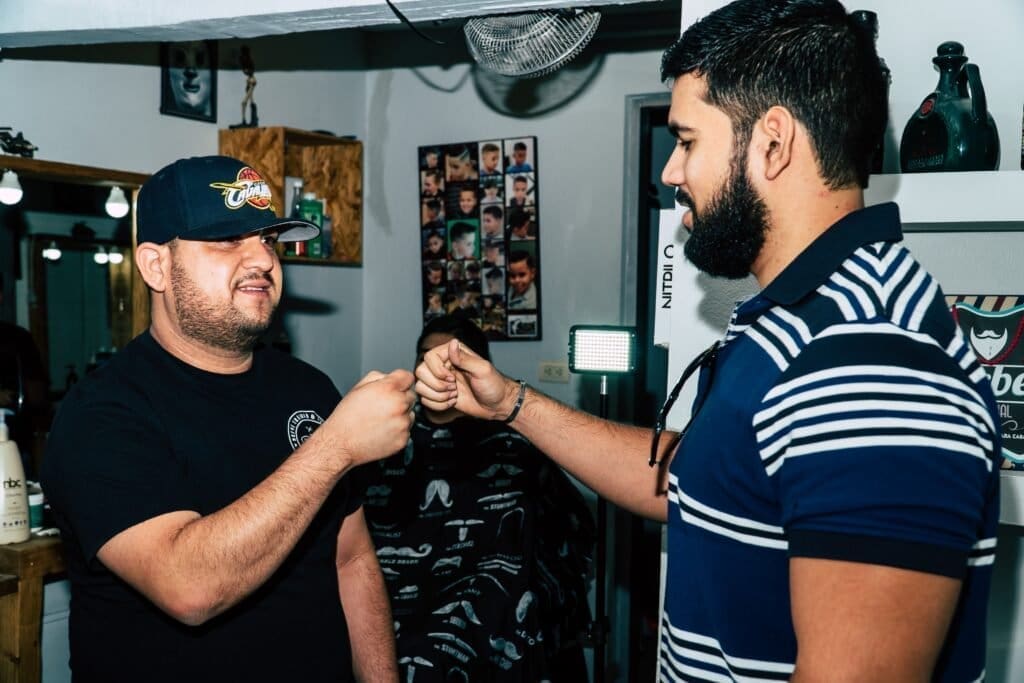
Can one short conversation at the chair change the way your look feels for weeks?
Many people freeze when asked, “What will it be?” That moment often leads to vague directions and a haircut that misses the mark.
Planning ahead—researching head shape, hair type, and lifestyle—makes a big difference. Bring two clear photos and use simple measurements, like guard numbers, to avoid surprises.
Learn the words that mean actual length and the difference between a fade and a taper. That clarity helps barbers work faster and clients leave happy.
This guide will show a short checklist and plain phrases that help get perfect blending, necklines, and daily style ease. You’ll walk into the barbershop ready to talk barber and leave with a great haircut you can style each morning.
Key Takeaways
- Bring 2–3 clear photo references.
- Use guard numbers for exact length.
- Know fade versus taper transition points.
- Share daily styling habits for best results.
- Give a short, specific brief and confirm details.
Understand the Goal: Walk In Prepared for a Great Haircut
Knowing the few critical details makes your next appointment smooth and productive. Come ready with a simple description of the overall style, a clear idea of lengths, and whether you want a fade or taper. This helps your barber match the cut to your head shape and hair type.
Share how you wear your hair daily. Say if you blow-dry, air-dry, or use product. That small bit of context saves time and shapes the final look.
Allow a few extra minutes for a consultation. A rushed chat often leads to regrets. Ask barber for quick feedback on any detail you’re unsure about; their short advice can steer the cut in the right way.
Focus on the few things that matter most: silhouette, exact lengths, transition zones, and neckline shape. Also discuss maintenance—how often you can return and how much styling you will do. Those agreements prevent post-cut surprises and make sure you leave satisfied.
Prep Before You Go: Research, Photos, and Realistic Expectations
A bit of prep before your appointment saves time and prevents disappointment. Match your face shape and hair type with a style you would like. Strong jaws often suit undercuts, while oblong faces often work better with side parts.
Use two or three clear, well-lit photos showing front, side, and back angles. Pick images where the model’s texture and density resemble yours — if you’ve got thick curls, avoid fine, straight examples.
Prefer real barbers’ portfolio shots over glossy celebrity pics. Pro photos often use product, fibers, and editing, so make sure your expectation is realistic. Ask if the style shown is repeatable in daily life.
Finally, factor in lifestyle and maintenance. High-volume looks need more time and product each morning. Bring one backup image so the barber can adapt the plan quickly without losing the overall look.
Speak Your Barber’s Language: Length, Numbers, Fades, and Tapers
Say exact figures and point precisely. Tell your barber an inch off the top or a quarter inch off the sides. Use guard numbers so there is no guesswork: 0 = 1/16″ (1.5 mm), 1 = 1/8″ (3 mm), 2 = 1/4″ (6 mm), 3 = 3/8″ (9 mm), 4 = 1/2″ (13 mm), 5 = 5/8″ (16 mm), 6 = 3/4″ (19 mm), 7 = 7/8″ (22 mm), 8 = 1″ (25 mm).
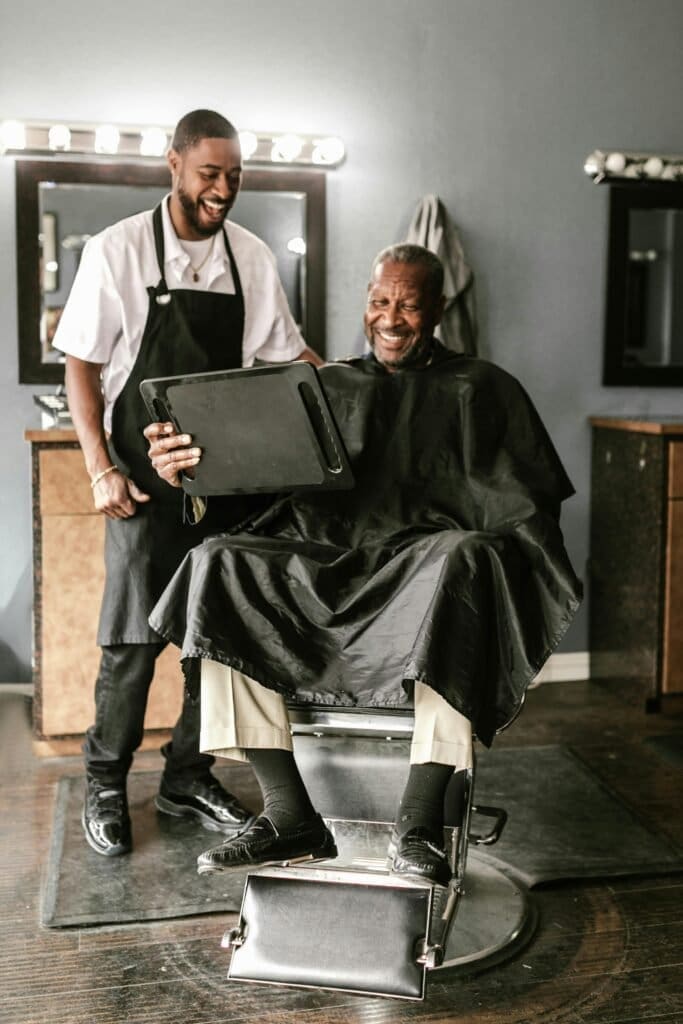
Choose fade or taper and point to where the change should start. A fade is a close gradient that can be low, mid, or high. A taper is softer and keeps more length on the sides and back for easier grow-out.
Pick a neckline: blocked for sharp edges, rounded for softer corners, or tapered for natural grow-out. Keep arches natural unless you want a high arch that needs frequent upkeep.
Decide sideburn length — top of ear, mid-ear, or bottom of ear — and whether to thin them. If unsure, say things like “start longer; we can trim more” so the barber can test a pass and refine the cut.
How to Tell a New Barber How to Cut Your Hair
Start with the overall look, then add the exact details. Say the basic style you want—clean side part, textured crop, or something classic—so the barber understands the goal before any numbers come up.
Next, give precise amounts. Use guard numbers and an inch where useful: “a 3 on the back and sides, scissor trim on top to about 1 inch.” This removes guesswork about length and balance.
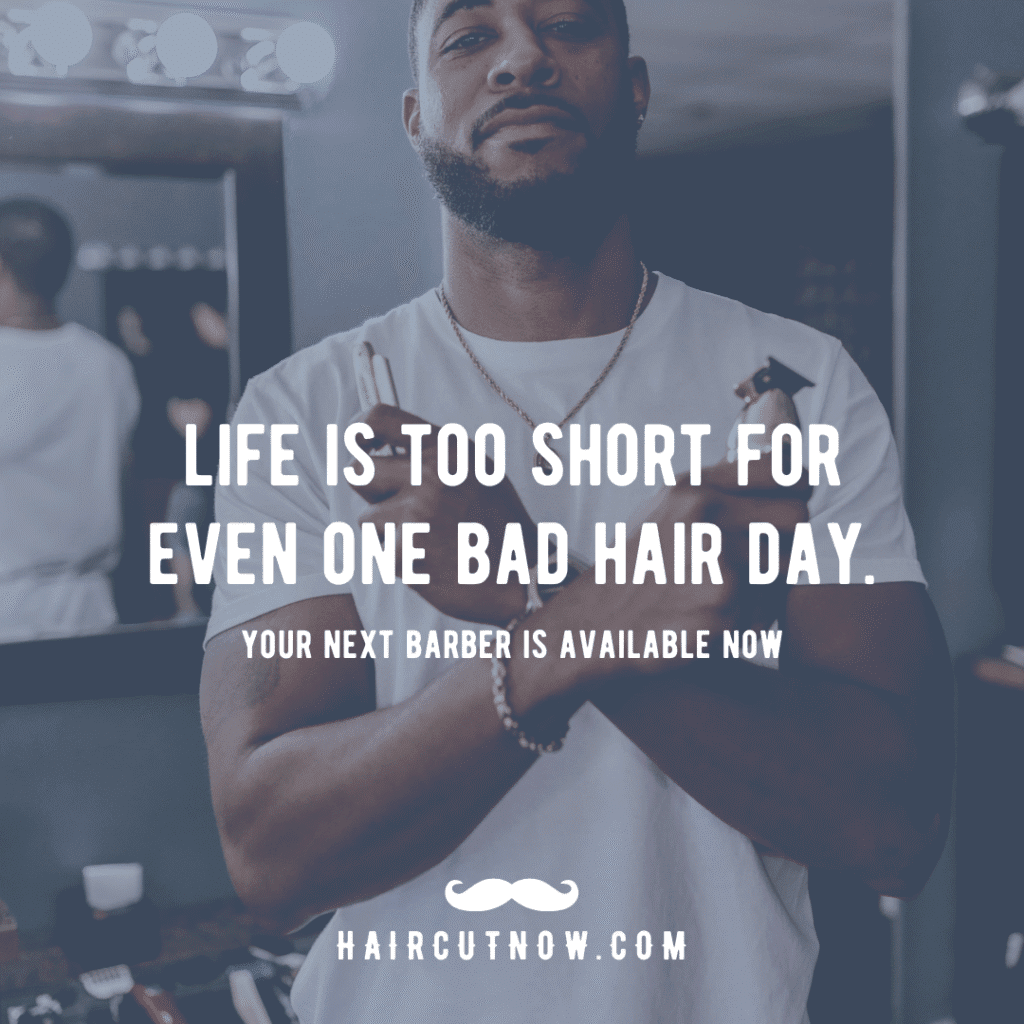
Point with your finger to show where the low fade or taper should begin and end. Visual cues help control the silhouette and avoid miscommunication about transition zones.
Explain daily habits and the finish you want. Tell barber if you blow-dry for volume, use matte product, or prefer shine. That guides layering and texture choices so the cut fits your routine.
If unsure about the length top or you want sides shorter than last time, ask for a light first pass. Say things like “start conservative; we can trim more” so adjustments are easy and predictable.
Give Useful Context: Last Haircut, Hair Type, and Styling Habits
A short recap of your last appointment helps your barber judge what to adjust today. Start by saying what you liked and what missed the mark so the barber know what to repeat and what to change.
Share what you liked or disliked
Be specific: praise the fade, note if the top felt too heavy, or say the neckline grew out oddly. Clear feedback lets the barber make targeted fixes without guessing.
Tell the time since your last haircut
Mention weeks since the last haircut. Hair grows about 1/2 inch per month, so “eight weeks” suggests roughly an inch of growth. That helps estimate hair length to remove for a reset.
Discuss texture requests
Describe your hair type and texture goals. Ask for choppy for volume, razored for less bulk on the top, layered for movement, or thinned if density is the issue.
Talk product and hold
Say which product you use and the finish you want—matte paste or light cream. That ensures the shape and weight fit how you style each morning.
Let barber know about cowlicks, parting habits, or spots that sit odd. The barber may suggest small length or layering changes that fix issues and make future haircuts easier to maintain.
Collaborate in the Chair: Ask, Listen, and Let the Barber Lead
Your best haircut comes from clear direction plus pro input. Start by stating the look and any exact lengths you want. After that, pause and listen for the barber’s suggestions.
Ask your barber’s advice and stay flexible to get the best result
Ask barber for input on taper depth, layering, or texture. Keep an open mind—small changes often fix balance and growth patterns.
Share skin conditions, moles, scars, or alopecia before the cut
Let barber know about sensitive spots or bald patches so blade work avoids nicks and blends coverage. If you worry about close shaves at the neckline, say so up front.
Come sober and clear-headed so you can make good decisions
Arrive focused and ready to answer quick questions. A clear mind helps you confirm details and agree on any tweaks the barber may recommend.
Quick checklist: ask barber for feedback, be flexible if a different style suits your hair, and let barber know any skin issues before the first pass. Talk barber briefly, then listen so you both leave aligned.
Conclusion
End the consultation with one simple summary that the barber can follow exactly. Recap your prep: pick a style want that fits your life, bring two or three clear photos, and state exact measurements like “an inch off the top” so length and balance are clear.
Point where you want a fade or taper and confirm edges — neckline, arches, and sideburns — so the sides and top sit right as the hair grows. Share last haircut feedback and how long it’s been so the barber know what to remove for a clean reset.
Finish with a short checklist line the barber can repeat: “one inch top, lower transition, tapered neckline, natural arches — anything else I should let know?” That brief keeps the process flexible and helps get perfect results every time.
FAQ
What should I tell a barber when I first sit down?
Start with the overall style you want, then give exact lengths for top and sides. Say something like “shorter on the sides, about a 2 on the clippers, and keep 1.5 inches on top.” Point to where you want any fade or taper to begin and describe the finish—matte, textured, or neat and slick.
How do I use clipper numbers and inches so the barber understands?
Combine both methods: name the guard number for the sides and state inches for the top. For example, “Number 2 on the sides with a low fade starting at the temple, and take off about an inch on top.” That removes ambiguity between guards and visual length.
What’s the difference between a fade and a taper?
A fade blends hair down to the skin and can be low, mid, or high depending on where the change starts. A taper gradually shortens hair at the neckline and around the ears without going to skin. Say low, mid, or high to indicate the start point.
How many reference photos should I bring?
Bring two or three clear photos that match your hair texture and face shape. Include straight, angled, and close-up shots of the cut so your barber sees the overall silhouette and the details like length and finish.
What info about my last haircut helps the barber?
Tell them what you liked or didn’t like, and how many weeks it’s been since your last cut. That helps the barber judge current length and how much shaping or blending is required.
How do I explain my styling routine and product use?
Say whether you air-dry, blow-dry, or use pomade, wax, or clay, and how much hold you prefer. Example: “I use matte clay and like a natural, textured look—medium hold.” That guides layering, texturizing, and length choices.
What should I say about texture requests like razoring or thinning?
Be specific: ask for choppy layers, soft razoring, or light thinning on the ends. Mention any concerns like frizz or cowlicks so the barber adjusts techniques to your hair type.
How do I ask for a specific neckline or sideburn style?
Use clear terms: blocked neckline for a sharp edge, rounded for softer regrowth, or tapered for a natural blend. For sideburns say natural, high arch, or trimmed to the earlobe length.
When should I let the barber take the lead?
Ask for their advice if you’re unsure—barbers know what works with your hair type and face shape. Stay open to small changes that improve the cut, but speak up if you want strict adherence to your plan.
What if I have a skin condition, scar, or thinning area?
Share it before cutting. Point out moles, scars, or areas of alopecia so the barber can avoid irritation and plan blending strategies for a flattering result.
How much time should I expect for a detailed taper or fade?
A precise taper or fade often takes 30–45 minutes depending on complexity. Tell the barber if you need a quick trim so they can offer a simplified option.
How do I ensure I get repeatable results next visit?
Ask the barber to note clipper guard numbers, exact inches taken from the top, and where the fade starts. Request product and styling tips for at-home maintenance so you can match the look between cuts.
What if the barber misunderstands my request during the cut?
Speak up politely and immediately. Use hands to show length or place a finger where you want changes. Better to pause and correct than finish with a mismatch to your plan.
Should I come with wet or dry hair?
Follow the barber’s preference: many barbers cut with dry hair for fades and detail work, and wet for bulk removal and scissor cutting. If unsure, call ahead so you arrive prepared.
How can I describe the finish I want—textured, slicked, or natural?
Use simple cues: textured = messy and matte, slicked = combed back with shine, natural = low-maintenance and less product. Show a photo and mention the product you plan to use for accuracy.
Is it OK to ask for trial styling during the appointment?
Yes. Ask the barber to style a small section as you would at home. They can recommend tweaks to the cut that make daily styling easier and more consistent.
How do I tell a barber I want length kept on top but cleaner sides?
Say “Keep about two inches on top and remove bulk on the sides with a skin or 1.5 guard taper.” Point to the area where you want the side reduction and where the top should sit for clarity.
What should I avoid saying to prevent confusion?
Avoid vague phrases like “just trim” or “a bit off.” Provide numbers, inches, or clear photo examples. That reduces misunderstandings and helps barbers deliver the look you expect.
Can you explain low, mid, and high fade in simple terms?
Low fade starts near the ear, mid fade begins around the temple, and high fade starts above the temple line. Use the terms and point to the spot on your head where you want the transition.
How long between cuts for most faded styles?
For a sharp fade, plan visits every 2–4 weeks. Longer intervals mean softer lines and more blending at the next appointment. Tell your barber how often you want to maintain the look.
